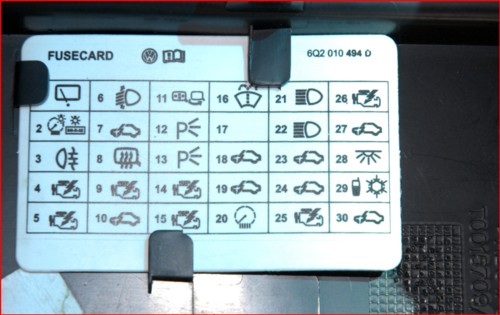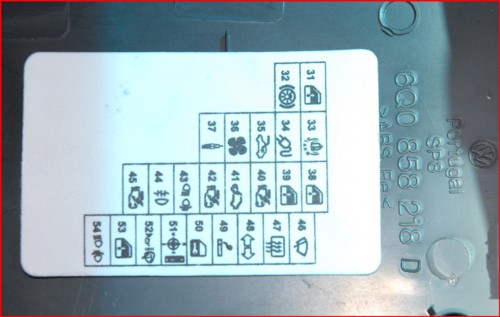AUTEL D900 SCAN TOOL
The modern day car in its current incarnation has increasingly become more and more electrotechnical than mechanical and technological advancements are constantly on the incline. It is therefore quite appropriate to say that vehicle owners need to become electromechanical savvy. In my opinion, the way forward is to invest in a scan tool for your particular make and model car. Since most people are familiar with Cell Phones, Decoders, Set Top Boxes, PVR, DVR and Televisions with various menus, or computers, access points and routers with various wizards, navigating a scan tool would be relatively easy. A scan tool is an indispensable device for modern car diagnostics and is a technological marvel that's going to save you time and money, but only if you are willing to embrace the technology.In a previous blog I discussed VCDS which I think is a really fantastic piece of software with its hardware interface combination specific to VAG vehicles. The amount of Onboard information that is accessible with VCDS is astounding and it is literally beter than the factory VAS Scan Tool used by VW /AUDI /SKODA / SEAT agents. In fact, in some cases VCDS will even retrieve more faults than the VAS tools. Be that as it may, as fantastic as VCDS is, it has major shortcomings for vehicle owners in general. Since VCDS is VAG specific, all other vehicle owners are at a loss to its technical capabilities and would have to look at other scan tools from companies like Auto Boss, Launch X431, Autel Maxidas DS708, Pro-Link iQ, Mentor Touch ET6500, OTC Pegisys, Craftsman - 20899, G-Scan Oceania, Bosch 3824, etc, who produce commercial multivehicle scan tools. These companies cater for the automotive service industry since their scan tools are quite pricey and far beyond the budget of the average car owner. If VCDS was multivehicle, it would be as good if not better than most commercial scan tools. However, since this is not the case, Autel has come to their aid of the average car owner. Autel has a low cost handheld scan tool that is multivehicle compatible that supports the following list of vehicles.
Acura, Audi, BMW, Buick, Cadillac, Chevrolet, Chrysler, Daewoo, Dodge, Eagle, Ford, Geo, GMC, Honda, Hummer, Hyundai, Infiniti, Isuzu, Jaguar, Jeep, Kia, Land Rover, Lexus, Lincoln, Mazda, Mercedes Benz, Mercury, Mitsubishi, Nissan, Oldsmobile, Pontiac, Porsche, Plymouth, Saab, Saturn, Scion, Suzuki, Toyota, Volkswagen, Volvo.
I acquired the 2015 version because of its versatility because it supports several models of each of the above mentioned vehicles. I wanted it to diagnose my Renault but discovered that it unfortunately does't support Renault and even more surprisingly it doesn't support my VW Polo 2.0L Highline (9N) either but it does support the the following list of VAG vehicles.
Audi A3
Audi A4
Audi A6
Audi A8
Audi A8L
Audi All road
Audi Cabriolet
Audi S4
Audi S6
Audi S8
Audi TT
Volkswagen Beetle
Volkswagen Bora
Volkswagen Eurovan L5
Volkswagen Eurovan VR6
Volkswagen Golf A3
Volkswagen Golf A4
Volkswagen GTI
Volkswagen Jetta A3
Volkswagen Jetta A4
Volkswagen Passat
Volkswagen Touareg
I don't know if the previous years version (Autel D900 2012) supports older vehicles like 2002-2010, but am of the opinion that all newer scan tools are backward compatible though I may be wrong. Anyway, the Autel scan tool is really cool, it comes with a mini CD containing a pdf file of all supported vehicles. I would have thought they would include a list of generic DTCs for Chassis / Powertrain (P-codes), Body (B-codes) and Network (U-codes) for easy of identification. What this implies is that you will have to either find these lists online, save them as pdfs or print them or access the internet resources to identify the codes every time you car throws you a DTC.
CONTINUED










